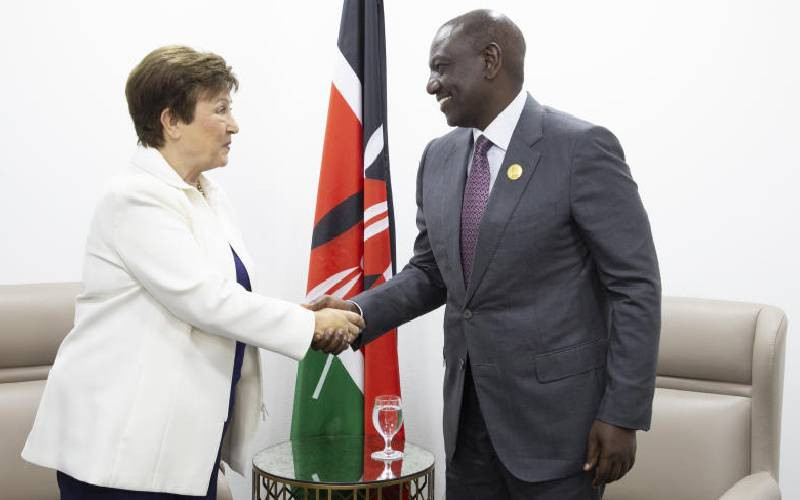The immediate public reaction to the death of Gloria Bosman from a short respiratory illness on 14 March 2023 was shocked disbelief. The multiple award-winning South African jazz vocalist, composer and teacher was only 50. She had just launched a new album, Live, her first in a dozen years, and was on the eve of a promotional tour. Warm tributes followed, from family, friends and industry colleagues, and from a whole generation of singers for whom – directly and indirectly – she had served as a mentor and role model.
Bosman was an early challenger of stage stereotypes about South African female vocalists, their lyrical content and singing style. In her career as a teacher, she supported new generations to follow that lead.
Gloria Bosman performs on stage during the Standard Bank Joy of Jazz 2007 held in Newtown on August 24, 2007 in Johannesburg, South Africa. Image: Lefty Shivambu / Gallo Images

Gloria Bosman preform during the Standard Bank Joy of Jazz 2007 held in Newtown, Johannesburg, South Africa. Image: Lefty Shivambu / Gallo Images
Early career
Born in Mofolo and raised in Pimville in Soweto township in Johannesburg, Bosman’s appearance in a 1993 Market Theatre musical drama scored her an opera scholarship to what was then the Pretoria Technikon (now the Tshwane University of Technology). Her vocal abilities attracted the attention of the late South African vocalist Sibongile Khumalo, an early mentor. By the time she graduated, she was already gathering fans as a performer.
Read in Daily Maverick: Sibongile Khumalo: A true diva departs the stage for the last time
Her stage persona in those days was low-key. On intimate stages such as that of the tiny Bassline club in Johannesburg she was often barefoot; from the start she interrogated the stereotyping of female vocalists as pop divas defined by flamboyant costumes and personality. Instead, she performed with the minimum of staging, making audiences focus on her vocal power, timing and command over material. She wrote or co-wrote many of her own songs; the lyrics were almost always hers.
Bosman always covered the songs of others alongside original material. They were never merely “covers”. It’s what jazz singers do. With historic songs from the South African repertoire like Alan Silinga’s Ntyilo Ntyilo, or Alpheus Nkosi’s Lizzy, they were a way of acknowledging and revisiting a tradition that strongly informed her own style.
She chose her songs, often, simply because they gave her the space to stretch her voice and conception in new and intriguing ways: “Songs that made me feel alive,” she sang in Play Me the Love Songs. Her technical understanding let her bring surprising vocal textures – bird-chirps, cat-growls and more – and challenging, socially and personally aware lyrics to songs old and new.

Gloria Bosman during Metro FM Dinner In South Africa on October 30, 2007 in Johannesburg, South Africa. Image: Gallo Images / Oupa Bopape

Gloria Bosman during the Wine, Women & Jazz Experience at Hard Rock Cafe, Nelson Mandela Square on August 10, 2019 in Sandton, South Africa. Image: Gallo Images / Oupa Bopape
Trailblazer
As much as the male instrumentalists more often mentioned in histories, Bosman was key in the ground-breaking first generation of players recording on the South African Sheer Sound label, who signalled the post-liberation renaissance of original South African jazz.
Her debut album, the 1999 Tranquility, was co-produced with pianist Paul Hanmer and featured him, guitarists Louis Mhlanga and Lawrence Matshiza, reedmen Steve Dyer and McCoy Mrubata, bassist Herbie Tsoaeli, and more – almost a roll-call of the jazz generation of the 1990s. It also had lyrics in the Zimbabwean Shona language as well as more familiar South African ones, backing from a string quartet, and Matshiza playing kora. It was pan-African, innovative and yet catchy enough to feature regularly across pop music radio.
Five more albums followed: The Many Faces of Gloria Bosman (2001), Stop and Think (2002), Nature Dances (2003) Emzini (2006) and Letters from the Heart (2010). On each, her role as lyricist, arranger and producer grew, and she always reached out to new and exciting musical names, such as rising bassist Dalisu Ndlazi on Live.
Finding her feet again
When I interviewed Bosman a month ago about that latest album, she explained the hiatus in recordings as not only about the Covid-19 conditions constraining the past two years, but the deeper changes in the South African music industry.
As physical products like CDs have been shouldered out by digital music, independent musicians increasingly carry their own burden of recording, distribution and marketing costs:
“But we come from the era of record labels. It all became a long process of finding one’s footing as an independent artist and learning how to run your business. It gets tricky when the recording bill is your responsibility and you still have to keep food on the table … I watched and learned from the young ones; their courage gave me flight.”
More than a jazz singer
A business as well as a vocal innovator, Bosman also put together a creative patchwork of music to keep food on the table, including theatre, cabaret and corporate work, teaching and other non-performing roles when the club scene went through dry periods. She stretched across genres, including Afrikaans and gospel music. But it wasn’t only structural industry changes that posed challenges.
Although she always saw herself as a jazz singer, Bosman saw that term as defining an inclusive, not an exclusive territory. So she would employ her extended vocal technique wherever it felt right, something that didn’t always meet the conventional expectations of show bookers. Sometimes, she had to stifle her creativity.
Like many female performers, she also constantly battled quite extraordinarily backward perceptions about her image, fielding innuendo-laden interview questions. When the stylist for her Emzini album cover shoot put her in heels, one headline heralded, not new music – marking, among other things, a creatively important reconnection with her extended Eastern Cape province family – but, “Gloria shows her legs.”
Overcoming tough times
All that led to some tough economic and emotional times. On her bluesy composition Uzowuzw’umoya, she sang:
“I’ve been up, I’ve been down. Out in the cold, out in the rain. I’d go out, to the rain, so that no-one can see my tears.”
But she worked it out. Bosman was always fiercely protective of her personal life; when we spoke at the time of Nature Dances in 2003 she made it clear that nothing was more important than protecting her then-young daughter Boikarabelo from what she dismissed as the “nonsense” of showbiz journalism. There’s a powerful version of God Bless the Child on that album.

Gloria Bosman during the 2020 Feather Awards on November 11, 2020 in Johannesburg, South Africa. The awards celebrate and recognize all who support, inspire and empower the LGBTIQA+ community. Image: Gallo Images / Oupa Bopape

Gloria Bosman during a T-Musicman music workshop for the Joy of Jazz festival at Joburg Theatre on November 23, 2022 in Johannesburg, South Africa. Image: Gallo Images / Oupa Bopape
Over the years – possibly honed by those stony corporate audiences – she grew a powerfully commanding, sometimes audacious stage presence, on full display in Live. The intention of her final album was to assert that. But also, she said, to “remind people how special (after Covid-19) it is to be part of a live show again.”
Bosman’s memorial service was replete with tributes on how she guided and supported others. One of her most important contributions was to constantly pose – and answer – the question of the lyrics to her 2001 album Why Not? “How brave can you be … who makes the rules?” And also this translation of a proverb from her song Remembering Thami Mnyele (a visual artist who fought against apartheid’s white minority rule) on her debut album:
“People may die leaving only memories, but their loss need not be in vain, because they pave the way forward for the living.” DM/ML
This story was first published in The Conversation.
Gwen Ansell is an Associate of the Gordon Institute for Business Science at the University of Pretoria.
Listen to a Gloria Bosman playlist on the author’s blog
![]()




















Discussion about this post